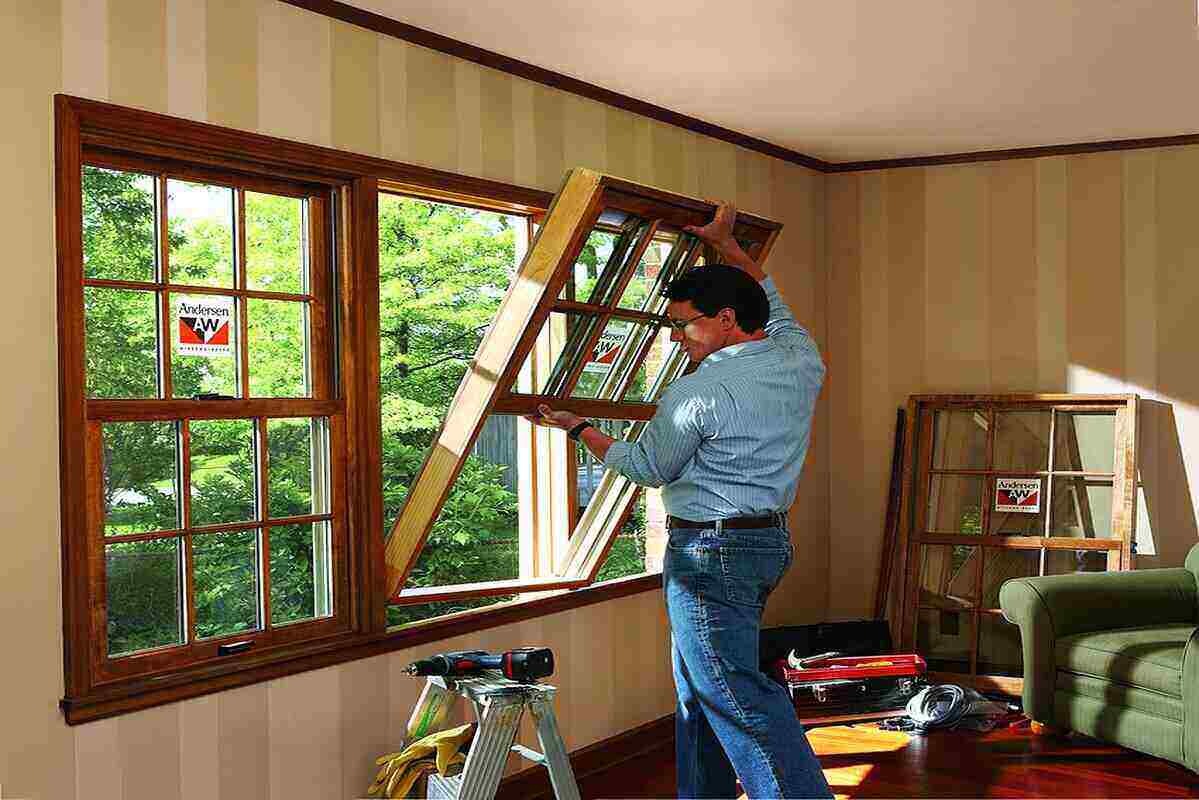Upgrading your home’s doors and windows to more energy-efficient models is not just a home improvement project—it’s an investment in reducing your energy bills and increasing your property’s value. This 1000-word guide delves into how making these upgrades can lead to significant savings and what homeowners should look for when choosing energy-efficient windows and doors.
Understanding Energy Efficiency in Windows and Doors
Energy efficiency in windows and doors is determined by several factors, including the design, materials used, and the installation process. Energy-efficient models are designed to keep conditioned air inside and block outside air, reducing the workload on your heating and cooling systems.
- Double or Triple Paned Glass: These windows have two or three layers of glass with air or inert gas (like argon or krypton) sealed between them. This design reduces heat transfer, helping maintain a consistent temperature inside the home.
- Low-Emissivity (Low-E) Coatings: Low-E coatings are applied to glass to reflect infrared light, keeping heat inside during the winter and outside during the summer. They also protect against UV light, which can fade fabrics, paintings, and carpets.
- Quality Framing Materials: Energy-efficient windows often feature frames made from vinyl, wood, fiberglass, or composite materials that offer better thermal resistance than traditional aluminum.
- Proper Installation: To maximize energy efficiency, windows and doors must be correctly installed to avoid air leaks. Even the most expensive window will underperform if not properly sealed and installed.
Cost Savings: Short and Long Term
The initial cost of replacing windows and doors with energy-efficient models can be offset by the long-term savings on energy bills. Here’s how:
- Reduced Energy Bills: By minimizing heat loss in winter and heat gain in summer, energy-efficient windows and doors can significantly reduce heating and cooling costs. The exact savings will depend on the climate, the energy rates in your area, and the efficiency of your old and new windows and doors.
- Increased Property Value: Homes with energy-efficient upgrades often sell at a higher price than those without. Potential buyers appreciate the lower utility costs and improved comfort of an energy-efficient home.
- Tax Credits and Rebates: In some regions, homeowners may qualify for tax credits or rebates by installing energy-efficient windows and doors. These incentives can help offset the upfront costs of upgrades.
Choosing the Right Products
Selecting the right energy-efficient windows and doors involves more than just picking the most expensive option. Here’s what to consider:
- Energy Star Ratings: Look for products labeled with the ENERGY STAR logo, which indicates they meet or exceed energy efficiency guidelines set by the U.S. Environmental Protection Agency.
- U-Factor: This measures how well a window insulates. The lower the U-factor, the better the window prevents heat from escaping.
- Solar Heat Gain Coefficient (SHGC): This measures how well a product can resist unwanted heat gain, which is crucial in hotter climates. The lower the SHGC, the better the window is at blocking heat caused by sunlight.
- Visible Transmittance (VT): This measures how much light gets through a window. Higher VT means more natural light, which can help reduce the need for artificial lighting.
Installation Tips
Proper installation is key to ensuring that your energy-efficient windows and doors function correctly. Here are some tips:
- Hire Professionals: Certified installers can ensure that your windows and doors are installed according to manufacturer specifications. They are trained to handle the specific requirements of energy-efficient models, such as careful sealing and proper alignment.
- Check for Incentives: Some energy efficiency programs offer incentives for using certified installers, so check for any available in your area.
- Inspect and Maintain: After installation, regularly inspect your windows and doors for signs of air leaks or deterioration in seals and weatherstripping. Prompt maintenance can help preserve their efficiency.
Upgrading to energy-efficient windows and doors is a worthwhile investment that pays dividends in both comfort and cost savings. By understanding the key features of energy-efficient products, the potential savings, and the importance of professional installation, homeowners can make informed decisions that lead to significant benefits over time. As energy costs continue to rise, the impact of these upgrades will only become more significant, making now the perfect time to consider this smart home improvement.

